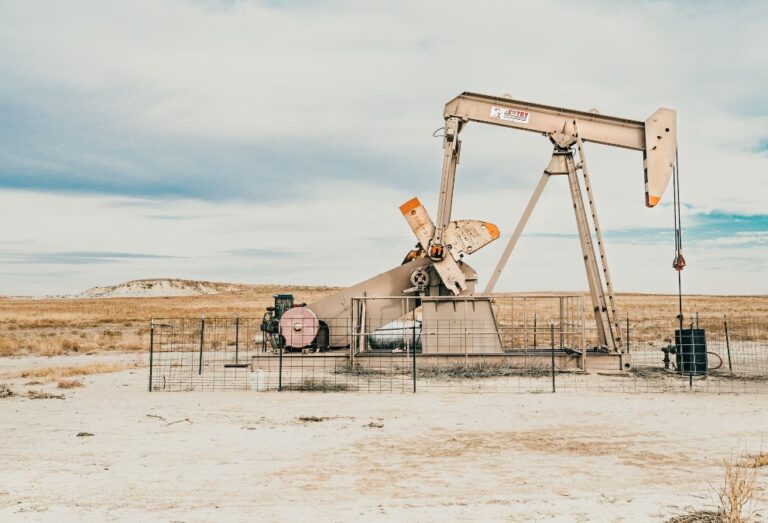After a summer spent with gasoline prices around and then above 2 euros per liter, the bar has recently begun to drop, albeit slowly.
The problem is that with the new upsurge between Hamas and Israel, the risk of a new surge is almost certain, should the conflict become all-out war and involve other economic players in the Middle East.
Especially, all the member states of OPEC, the Organization of the Petroleum Exporting Countries. Their involvement, and thus a slowdown in crude oil production and exports, would be exacerbating for European and American supplies.
Table of Contents
Gasoline prices down, but not oil
The drop in gasoline prices is there, albeit very slight. After 2 euros in September, a return toward pre-summer prices is seen in the latest surveys of the Price Observatory of the Ministry of Economic Development dated October 8, 2023.
The day before the Hamas attack, the stock exchange had closed Brent quotations, those indexed on North Sea oil sold in the European market, trading below $85 a barrel.
An all in all “happy” situation: gasoline was going down.
Then came the Hamas assault, and the beginning of the war in Israel. Today, quotations reached $87.5, with overnight trading even above $90 a barrel. So too is oil in the U.S. stock market, which closes higher in New York, where prices rise 4.33 percent to $86.38 a barrel.
There is nervousness, and this is only after a few days of conflict. And when you add to that the recent halt to diesel exports from Russia, the fear that this is a transitional phase, preceding a cataclysm, is quite realistic.
With the war in Israel, there is a risk of a new surge
Israel is located in the heart of the Middle East. Around it has countries that have their own major role in the production and distribution of energy raw materials.
Today’s “hysterical” stock market response may actually be an understandable reaction to the risk of a conflict that could last as long as it is during the Russian-Ukrainian one, now in its 20th month.
Should the conflict die down in the next few days, weeks at most, the risk will become negligible. But a chronicization of it, or worse an escalation, and the extension of the conflict’s borders within other Middle Eastern states (Lebanon, Egypt, Syria…) would make concrete a potential rise in oil prices, with a consequent surge in inflation.
Hence, it would be a domino effect that would fall on Europeans and Americans. As inflation rises, the ECB and FED would be forced to raise interest rates once again, sending any hoped-for approach to peak rates into the abyss.
In addition to unmanageable mortgage payments, and new waves in bank defaults, the real catastrophe would be for the auto sector. Perhaps for the first time in History gasoline prices could reach 3 euros per liter.
How much gasoline cost before the wars
As evidence of the rise of crude oil (and gasoline prices in general) in the early days of a conflict, one need only look at Brent prices between December 2021 and February 2022.
Even before the war crescendo between late January and February 24, 2022, Brent had recorded a monthly quotation of $74.17 per barrel.
In February it reaches 97.13, a full 12.27 percent higher than the $86.51 in January 2022. Not counting the highs of $117 and $121 recorded between March and June 2022.
For more than a year, Brent has not risen above $90 a barrel on a monthly basis. This, in part because of European and American responses in view of the chronicling of the Russian-Ukrainian conflict.
Responses that may not be resistant to a new surge in gasoline and diesel prices. Not if OPEC countries are the ones to be affected by the escalation.
A key organization in the global distribution of eastern crude oil reserves, back in the time of the Kippur War OPEC wanted to impose itself on the world stage. And in the worst possible way. Namely, with an embargo on crude oil.
The embargo strategy is the same one in use by Putin regarding oil and especially gas. To which, however, the EU has responded with new agreements with “third” countries in oil distribution. Too bad that among them are several OPEC member countries, and with very considerable shares in the energy import balance.
Changing suppliers will not be at all easy in the event that OPEC asserts itself over the war in Israel and arranges an old-style embargo. Also in OPEC are states such as the United Arab Emirates, Iran and Iraq, as well as Kuwait and Libya. Not to mention “outside” countries such as Venezuela. All together because they are major oil exporters.
Recall that the famous 1973 embargo was a real energy shock for all Western countries. Although it lasted less than a year, its aftermath lingered for nearly a decade. Amid energy rationing, cost-saving policies and widespread stagflation.












